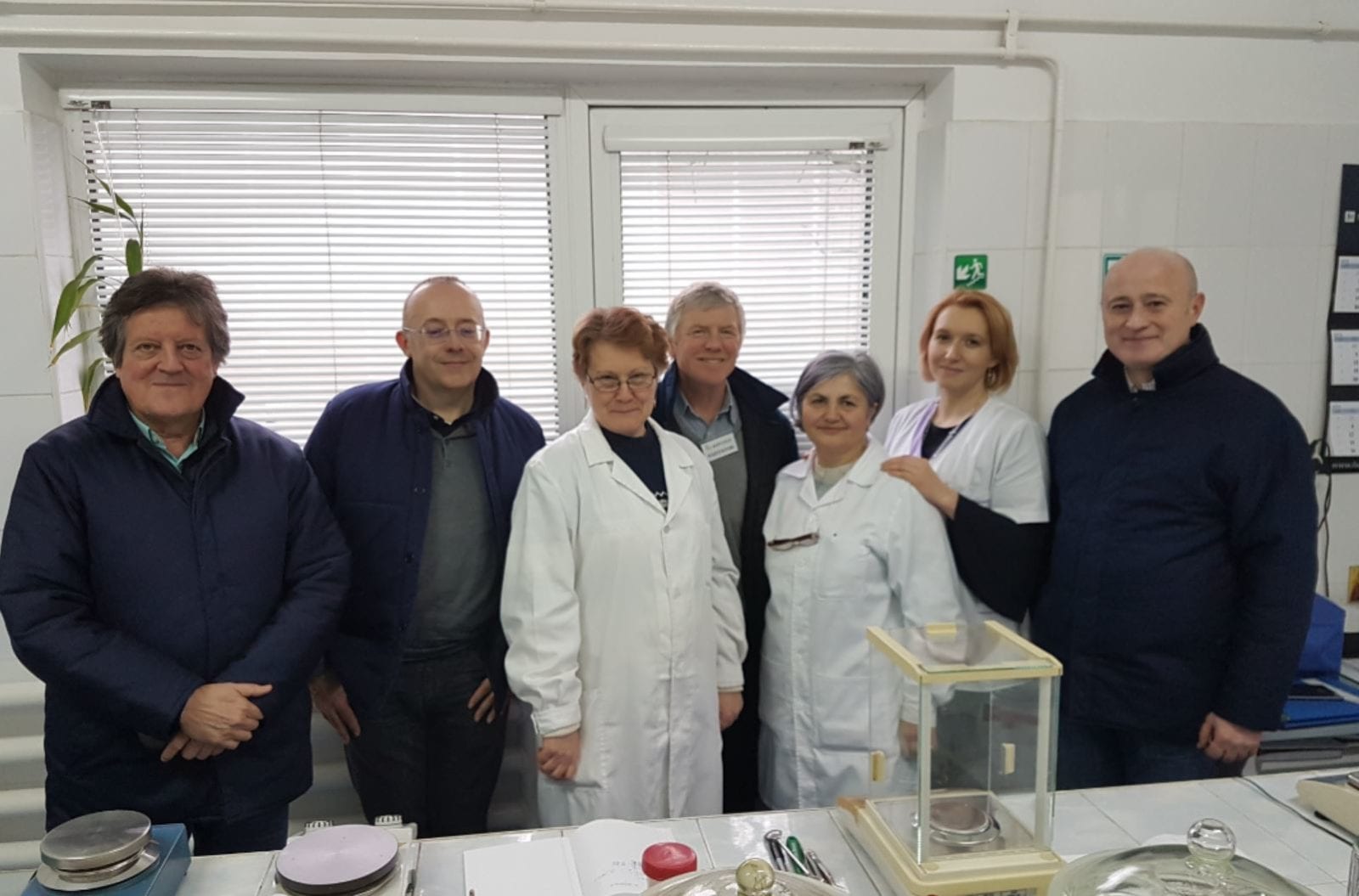U.S. Soy Quality is Focus as USSEC Reaffirms Commitment to End Users in Romania’s Developing Swine Industry
- Category:
- Animal Utilization
- General News

During the third week of February, a team of USSEC experts traveled to northeast Romania with several goals: to gain an understanding of the current developments in the country’s swine industry, to promote U.S. Soy, and to disseminate technical knowledge among Romanian swine nutritionists, quality control, and feed mill managers. The activity ended with a one-day roundtable event dedicated to swine nutrition in Iasi City, Romania.

The USSEC team included Dr. Gonzalo Mateos (Animal Nutrition Professor, University of Madrid), Dr. Domingo Carrión (Swine Nutrition Manager, Cargill Premix and Nutrition, Spain), Dr. Jan van Eys (USSEC Animal Utilization Consultant, France) and Dr. Iani Chihaia (USSEC Consultant, Southeast Europe).
Field visits were planned to key players in the swine and feed market from northeast Romania. Among the companies visited were Suinprod and Agricola, leading integrated companies in Romania. Soy quality was the main message during the meetings with the companies’ technical personnel. The USSEC consultants reviewed soy quality data for different soybean meal samples analyzed during the year by the feed mill laboratories and emphasized the role of clear objectives and standards in quality control.
Swine feeding strategies and feeding programs were discussed, with a particular interest on protein sources, inclusion rates, and efficiency of soy in pig feeds. Energy calculation methods and comparison of energy values from different references generated vivid and highly interesting discussions between consultants and nutritionists.
The visits allowed for good interactions and to favorably position USSEC and U.S. Soy with this important livestock user segment of the Romanian industry.
Romanian livestock production is in a growth process well above the rate of growth seen in other Eastern European countries. This will require an increased amount of commodities products and know-how.
Through such regular technical visits, USSEC enhances the message that needs to be communicated and reminds customers of the importance of quality differences among soy products in addition to what USSEC can mean for these customers – both from a commercial as well as a technical point of view. In a growing market such as Romania, this is of key importance to stimulate interest in U.S. Soy and an increase in imports. This is especially true when considering the opportunity this market offers for growth in livestock production and the use of value-added U.S. Soy products.
